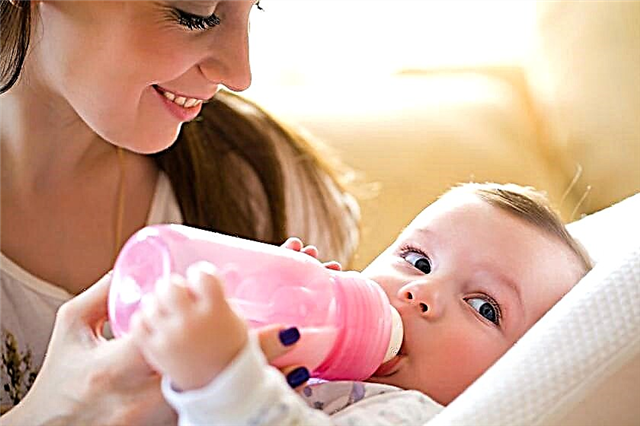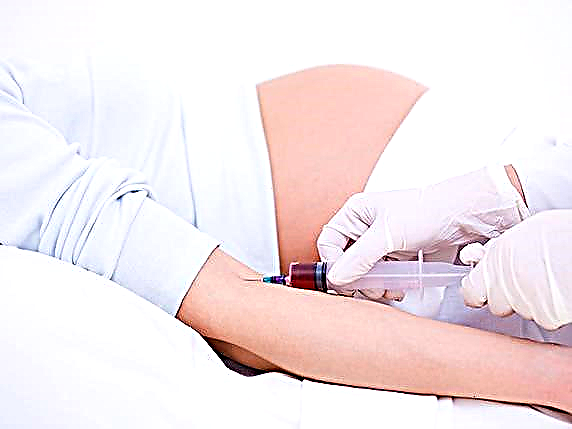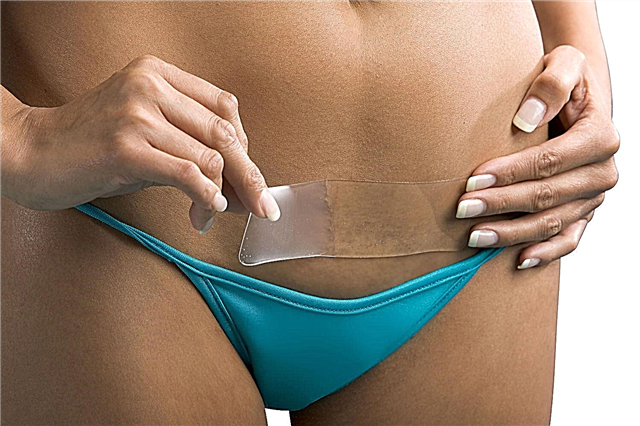There are different situations when you need to know how to train your baby to breastfeed. In 90% of cases, the process is carried out from the moment of birth. General principles and recommendations will help you avoid mistakes. It is required to be careful, since in case of negative actions, the baby can completely refuse to suck.

Feeding is an unforgettable stage in a woman's life
The natural food for a newborn is breast milk. It contains in its composition all the components that allow it to grow healthy, actively gain weight. Establishing hepatitis B is a crucial stage, which must be started in the hospital. You should not expect success on the first day. It takes from 1 week to 2-3 months - each case is individual.
Early attachment
It is recommended to use the early breastfeeding technique. Ideally, the first time this should happen 30-40 minutes after birth. By time - for 10-15 minutes. This action will stimulate the mammary glands to produce milk. Lactation will gradually begin to increase, as the hormone prolactin will be produced in the body. Also, early attachment will quickly teach the baby to take the breast (reflexes will start).
How to train a child
Breast training should begin immediately after birth (if there are no contraindications). On the first day, he will not yet be able to fully suck or grab the breast, but he will be able to get an idea of mother's warmth. Reflexes will start immediately. For a woman, the training stage is associated with setting up the milk production process. Correct lactation (without interruption and with a sufficient volume of nutritional fluid) will take time.
Important! In most newborns, the sucking reflex is well developed. In the first feeding, it is required to pass the nipple on the lips 2-3 times so that the child opens his mouth and captures the areola.
You should not force the baby or try to help him. Reflex grip must be developed independently so that the baby can then receive the volume of milk he needs. A woman will only need to press lightly on the mammary gland to activate production. For the first few days, you will have to feed using colostrum. You cannot supplement with the mixture if the natural way of eating is a priority.
Proper training assumes that the baby will need to be attached to the chest, taking into account all the features:
- body position is comfortable;
- the head should be flush with the body (not sink);
- the shoulders should not bend or sink;
- mouth at the level of the areola;
- lips should not be closed.
The position of a nursing mother can be anything. It is allowed to sit, lie or stand. You need to hold the baby with one hand, with the other, guide the breast and support the nipple so that it does not fall out.
Important! In some cases, the baby may turn his head in search of a breast. It should not be fixed, it is recommended to carefully guide the head. This will help him understand what needs to be done next time.
If feeding is done correctly, then while sucking, the woman will feel a slight pulling in the breast. This is due to the fact that the baby is making an effort to get milk. It is not uncommon for a newborn to refuse to breastfeed, cries or behaves anxiously. This is a normal effect if a different feeding method has been practiced prior to training: through a tube or with a bottle. Refusal is also typical for premature babies or after interruption of hepatitis B for a number of reasons. Cesarean section can also delay the accustoming, since in the process local or general anesthesia is used.

For quick contact, you need to interest the baby
How to offer correctly
There are certain rules to offer and teach a newborn to breastfeed. It is recommended that you carefully study the rules for gripping the baby's nipple and areola with the baby's mouth, in order to then track and help him. Various techniques and techniques of "persuasion" are used, which contribute to the development of reflex memory. In order for the baby to be able to quickly learn, it will take perseverance. It should be served in a mild form, otherwise the child will receive negative emotions.
Nipple capture rules
In 90% of cases, the baby captures the nipple correctly. In order to control the process, the woman is advised to take a comfortable position. The best posture is sitting or lying down, this way you can relieve some of the load from the muscles of the back, abdomen and arms. After that, the baby is attached to the breast. It takes place according to the following rules:
- bringing the child's face to the mammary gland;
- the shoulders and head of the crumbs must be supported with one hand;
- direct the nipple to the baby's lips, then hold it 2-3 times over them, bring it to the nose.
At this stage, the newborn takes hold of the nipple and begins active sucking.
General techniques of "persuasion"
In the literal sense, persuading the baby will not work. By "convictions" you need to understand soft actions, help, affectionate words. Hugs are important here, they help the baby to feel the warmth of the mother's body.
Much of the success depends on the belief that breastfeeding will be the main diet. Calmness and endurance will show the child that there is nothing wrong with sucking. Beliefs also include strictly defined hours for eating a tiny meal. It is recommended to use this technique in order to develop in him a reflex concept of the connections between hunger and the way to satisfy it. In order to arouse interest, you should do so that falling asleep takes place at the chest. Additional feeding tips:
- turn on quiet soothing music;
- make a dim light;
- accustom gradually (do not wait for the result on the first day);
- singing songs or telling stories.
There is no need to rush, as the child should feel harmony and peace at this moment.
Important! If special persuasion techniques are used, the feeding bottle is not used.
Mild persistence
When thinking about how to get a baby to suckle, you need to remember that the basis for success is gentleness, patience and love. If the baby does not breastfeed or refuses, cannot hold the nipple or does not fully capture it, the mother should gently direct the baby's actions. Also, the mammary gland should be in a comfortable position for the baby.

Bottles do not promote hepatitis B
Why do children refuse HB
There are reasons for a baby not to breastfeed. Experts identify the following:
- active use of nipples and pacifiers;
- bottle feeding (immediately after birth or at the time of interruption of hepatitis B);
- improper attachment to the breast (the baby experiences discomfort during this period, which makes him refuse the next time);
- disease of the newborn (congenital, acquired or common cold disorders);
- colic and abdominal pain;
- the beginning and active phase of teething;
- changes around (increased attention, cold, heat, bright light).
The use of creams or perfumes with a pungent smell can negatively affect the desire to breastfeed. You also need to monitor the food that is included in the diet - some of them cause changes in the taste of milk. Refusal of this method of nutrition may be due to the fact that the child is already large enough. In some cases, on the contrary, it turns out to be easier to accustom to GW than to wean from it.
Learning errors
Sometimes, when thinking about how to quickly teach a baby to breastfeed, a mother does not take into account the likelihood of mistakes. There are a number of things that must not be done in order for the training to be successful. Also, special attention should be paid to working out the attachment technique. It is very important to choose a position that is comfortable for yourself and your child.
Improper attachment
Too tight pinning, lack of shoulder or head support are all related to improper attachment. At this stage, you need to provide the child with the freedom to choose a posture (with control). In the found position, further feeding is carried out.
What not to do
There are several forbidden actions during GW training:
- use a pacifier;
- give a bottle;
- be nervous;
- show impatience and anger.
On a note. The child feels the mood of the mother, so he may start crying in response. It is also impossible to rush, to make sudden movements.
How to bring back breastfeeding
It is required to know not only how to teach a newborn to breastfeeding, but also how to return hepatitis B in case of interruption. Sometimes it needs to be removed due to illness. The main recommendation is to devote enough time to this process. It is important to establish close contact with the baby (press, caress). It is best not to ask other relatives to look after him. You also need to reduce the time spent in crowded places, as this will allow you to resume contact with the mammary glands at any time.
It is important for a young mother to learn the technique of how to properly teach a baby to suckle. The first thing to consider is that the bottle should not even be used as a supplement. Correct sucking is genetically inherent (genus, family). That is why problems in most cases do not arise.



